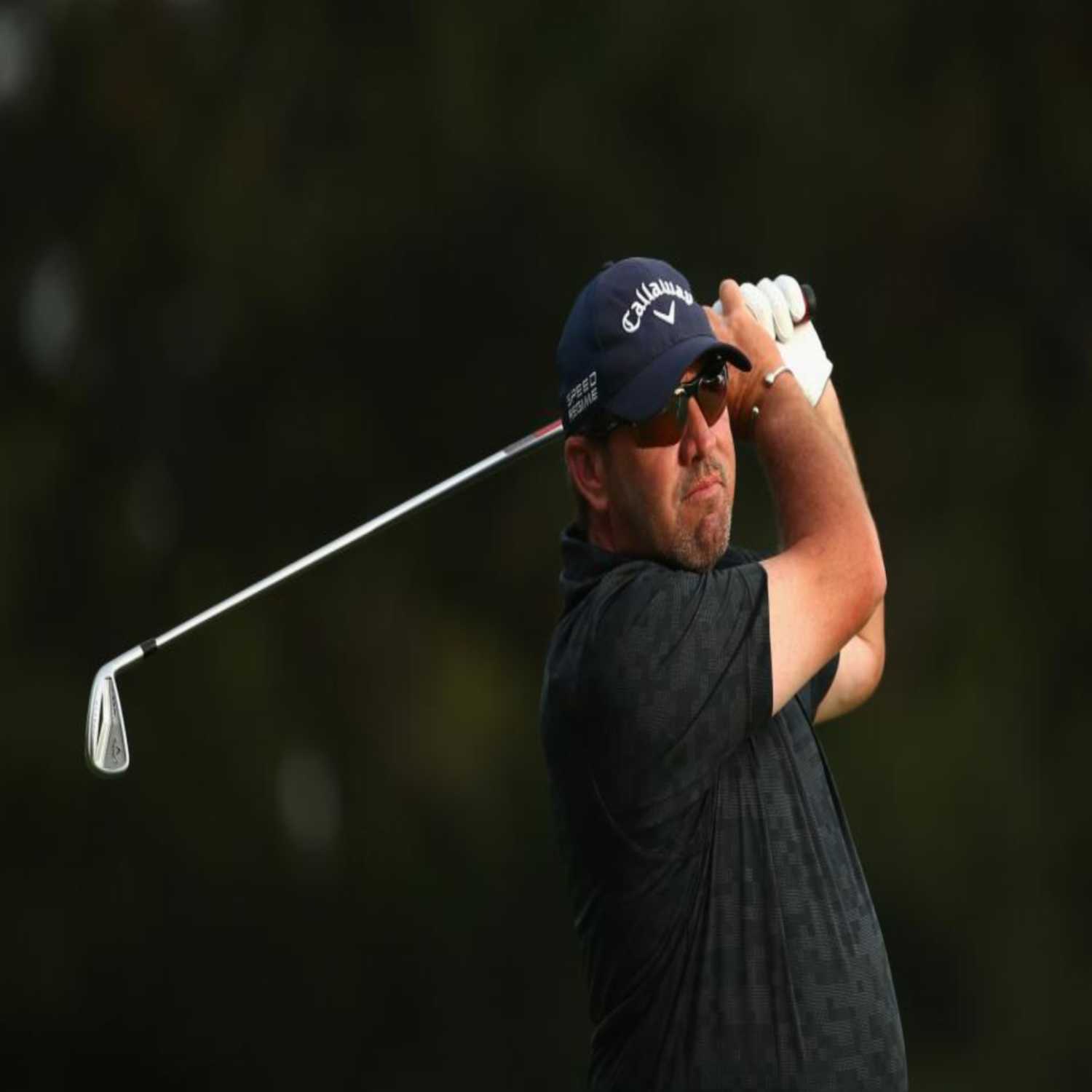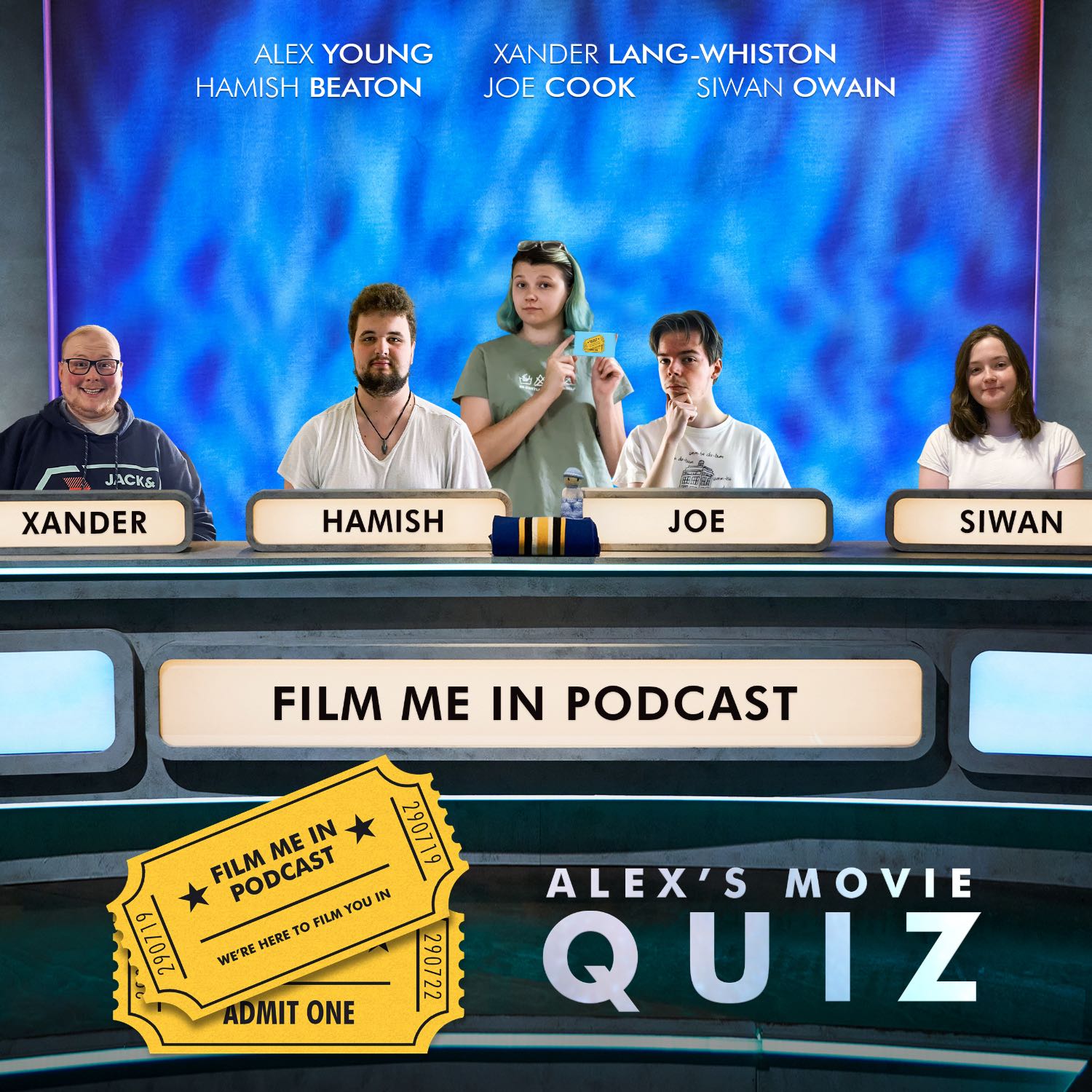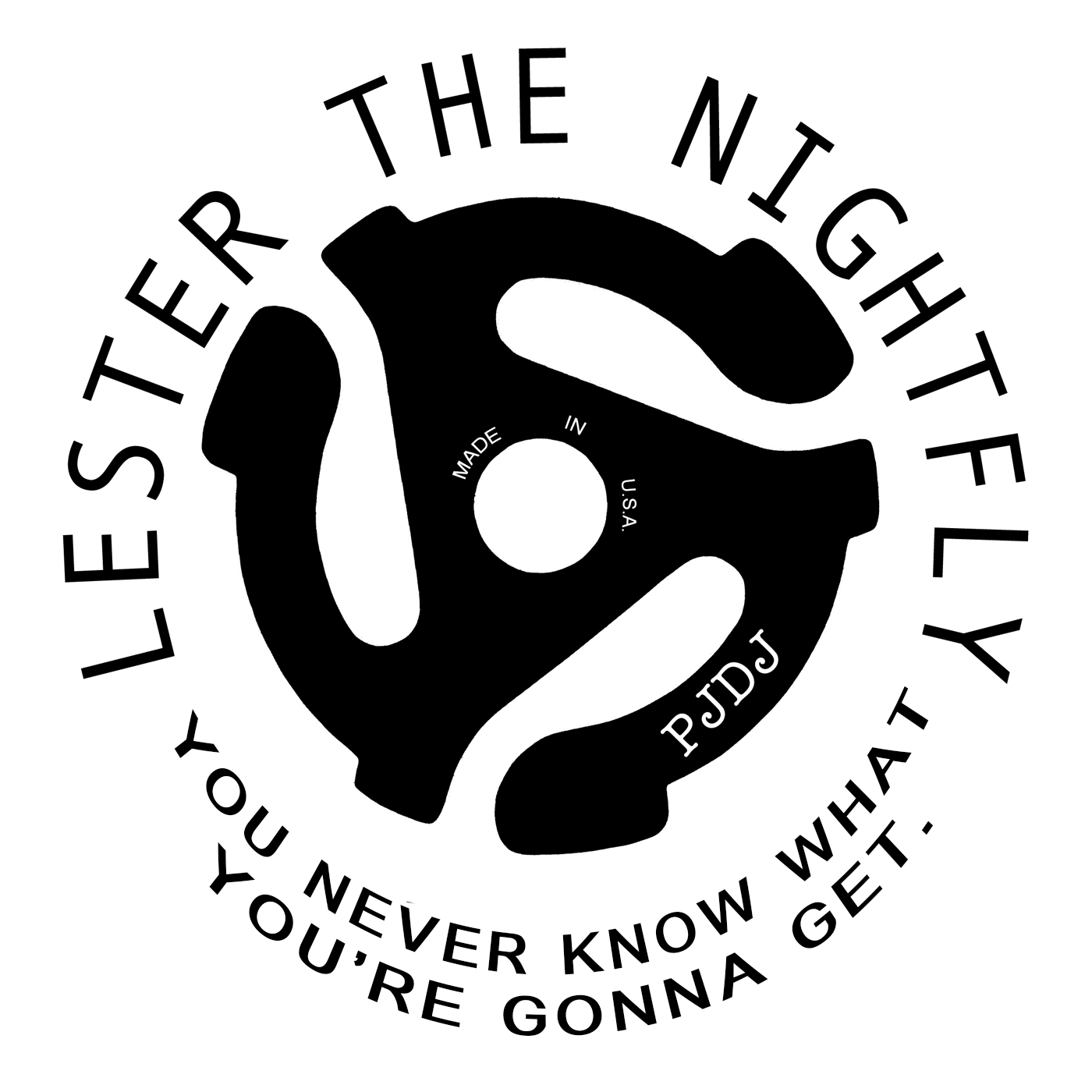- After-Shows
- Alternative
- Animals
- Animation
- Arts
- Astronomy
- Automotive
- Aviation
- Baseball
- Basketball
- Beauty
- Books
- Buddhism
- Business
- Careers
- Chemistry
- Christianity
- Climate
- Comedy
- Commentary
- Courses
- Crafts
- Cricket
- Cryptocurrency
- Culture
- Daily
- Design
- Documentary
- Drama
- Earth
- Education
- Entertainment
- Entrepreneurship
- Family
- Fantasy
- Fashion
- Fiction
- Film
- Fitness
- Food
- Football
- Games
- Garden
- Golf
- Government
- Health
- Hinduism
- History
- Hobbies
- Hockey
- Home
- How-To
- Improv
- Interviews
- Investing
- Islam
- Journals
- Judaism
- Kids
- Language
- Learning
- Leisure
- Life
- Management
- Manga
- Marketing
- Mathematics
- Medicine
- Mental
- Music
- Natural
- Nature
- News
- Non-Profit
- Nutrition
- Parenting
- Performing
- Personal
- Pets
- Philosophy
- Physics
- Places
- Politics
- Relationships
- Religion
- Reviews
- Role-Playing
- Rugby
- Running
- Science
- Self-Improvement
- Sexuality
- Soccer
- Social
- Society
- Spirituality
- Sports
- Stand-Up
- Stories
- Swimming
- TV
- Tabletop
- Technology
- Tennis
- Travel
- True Crime
- Episode-Games
- Visual
- Volleyball
- Weather
- Wilderness
- Wrestling
- Other
VOCALESE (S3 | 133)
This is Episode One of a three-part series on a jazz vocal genre called Vocalese. The shows centers on the album by The Manhattan Transfer from 1985 entitled Vocalese. It is one of the most nominated records of all time for Grammy Awards. And it has been a personal favorite album for a lifetime. Vocalese uses recognizable lyrics that are sung to pre-existing instrumental solos, as opposed to scat singing, which uses nonsense words such as “bap ba dee dot bwee dee” in solos. In the “first wave” of vocalese creation, that sometimes took the form of a tribute to the original instrumentalist. The word “vocalese” is a play on the musical term “vocalise”; the suffix “-ese” is meant to indicate a sort of language. The term was attributed by Jon Hendricks to the jazz critic Leonard Feather to describe the first Lambert, Hendricks, and Ross album, Sing a Song of Basie. OUR SUPPORTING CAST THAD JONES Thaddeus Joseph Jones (March 28, 1923 – August 20, 1986) was an American jazz trumpeter, composer, and bandleader who has been called “one of the all-time greatest jazz trumpet soloists”. BENNY BAILEY A native of Cleveland, Ohio, Bailey briefly studied flute and piano before turning to trumpet. He attended the Cleveland Conservatory of Music. He was influenced by Cleveland native Tadd Dameron and had a significant influence on other Cleveland musicians, such as Albert Ayler, Bob Cunningham, Bobby Few, Bill Hardman, and Frank Wright. Bailey played with Tony Lovano, father of Joe Lovano. JON HENDRICKS John Carl Hendricks (September 16, 1921 – November 22, 2017), known professionally as Jon Hendricks, was an American jazz lyricist and singer. He is one of the originators of vocalese, which adds lyrics to existing instrumental songs and replaces many instruments with vocalists, such as the big-band arrangements of Duke Ellington and Count Basie. Hendricks is considered one of the best practitioners of scat singing, which involves vocal jazz soloing. Jazz critic and historian Leonard Feather called him the “Poet Laureate of Jazz”, while Time dubbed him the “James Joyce of Jive”. Al Jarreau called him “pound-for-pound the best jazz singer on the planet—maybe that’s ever been” VOCALESE (THE ALBUM) Vocalese is the ninth studio album by the Jazz band The Manhattan Transfer, released in 1985 on Atlantic Records. Recording sessions took place in 1985. Production came from Tim Hauser and Martin Fischer. This album is considered to be The Manhattan Transfer’s most critically acclaimed album. It received 12 Grammy nominations, making it second only to Michael Jackson’s Thriller as the most nominated individual album. It also received extremely high ratings from music critics, including a 4.5 out of 5 stars rating from Allmusic. The album peaked at number 2 on the Top Jazz Albums and number 74 on the Billboard 200. The album’s title Vocalese refers to a style of music that sets lyrics to previously recorded jazz instrumental pieces. The vocals then reproduce the sound and feel of the original instrumentation. Jon Hendricks, proficient in this art, composed all of the lyrics for this album.















